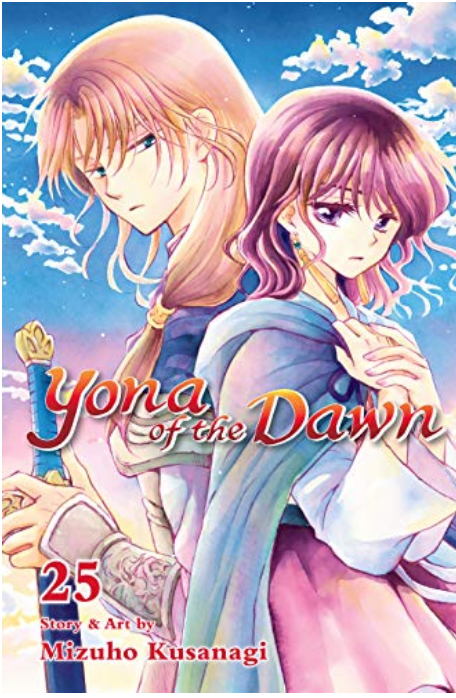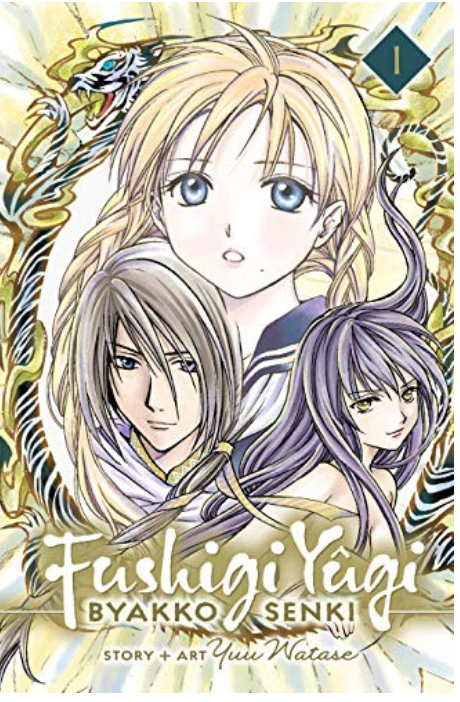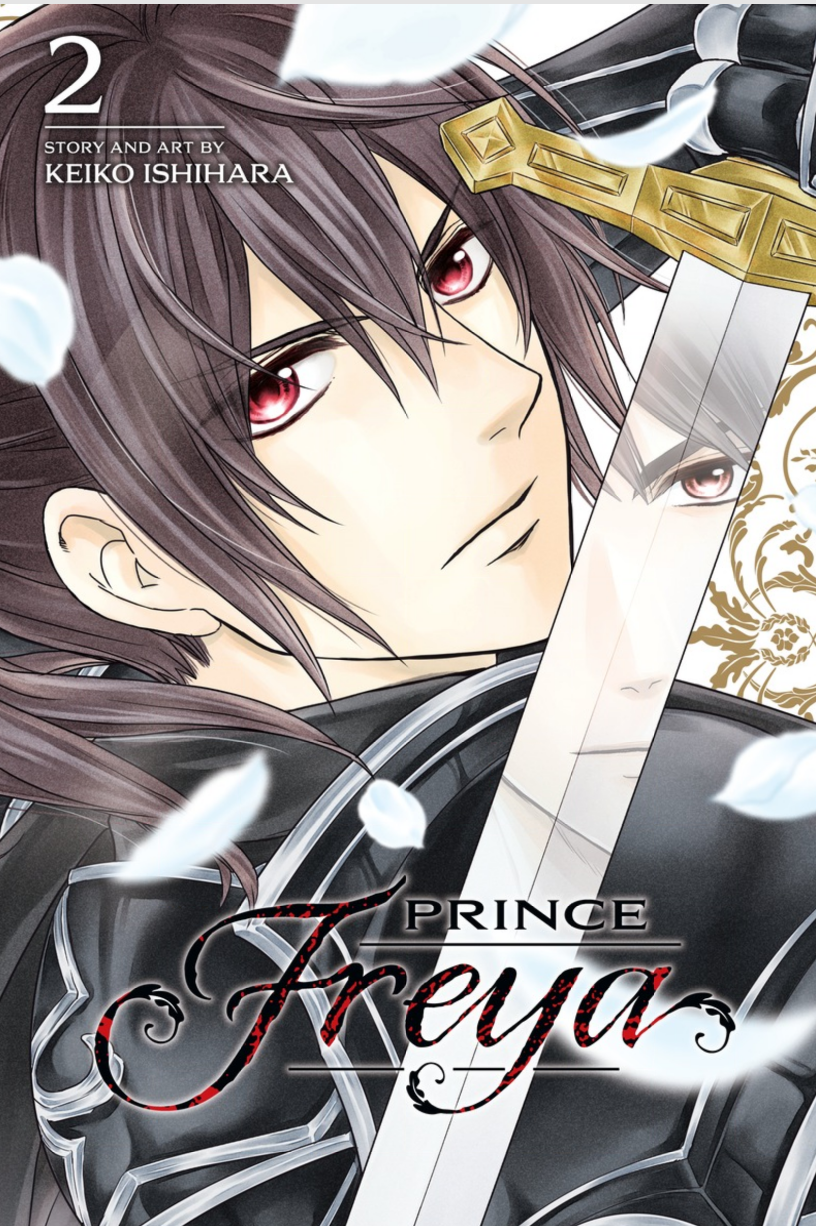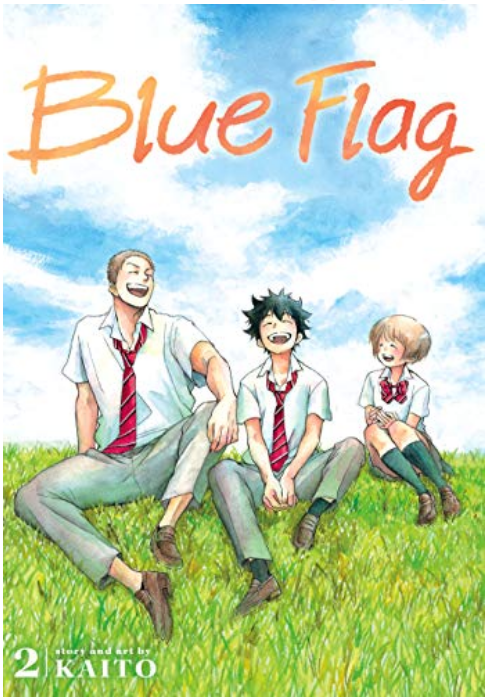Yona of the Dawn Volume 25 by Mizuho Kusanagi
Every story arc in Yona of the Dawn eventually has a volume that delivers action and emotional devastation. As Yona tries to prevent Su-Won from going to war with Xing the hypocrisy of religions officials is revealed, Yona manages to sway people through sheer willpower, the damaged and imprisoned four dragons fight back, and everything is mostly terrible yet incredibly epic and emotionally satisfying!
The volume opens with an excruciatingly awkward scene as Yona confronts Su-Won in front of his men, some of whom seem a bit perplexed that the daughter of King Il is alive after all. If that wasn’t enough, Yona’s logic and arguments on behalf of the Xing people prompts Su-Won to actually modify his intentions after she promises that Xing will be content to endure as a vassal state. An evil priest shows up all of a sudden! Gobi is determined to manipulate the political upheaval in Xing to get rid of Princess Kouren and install Princess Tao in her place, but he’s sadly mistaken if he thinks his transparent ploys are going to work. While Yona of the Dawn generally presents villains with some nuance and character motivations, there’s some satisfaction for the reader in seeing that anyone who would underestimate women is beyond any hope of salvation. Kouren is the type of leader that inspires devotion in her supporters, and Yona has Hak, who does some fairly foolish things in order to protect her.
There’s so much action packed in this volume, I felt slightly exhausted at the end! Kusanagi’s capable illustrations are able to easily carry such a plot and action-scene heavy book, where a panel here and there will contain hints about the emotional impact for all the characters in such high-stakes conditions. There were some Wind Tribe antics to distract a little bit from the impending horrors of war, and the promise that Yona and Hak might actually talk about their relationship soon? As always, an excellent volume of Yona of the Dawn. I always find myself looking forward to the emotional aftermath just as much as any big battle the characters overcome.




